Related Research Articles

Hans-Wedigo Robert Coppi was a German resistance fighter against the Nazis. He was a member of a Berlin-based anti-fascist resistance group that was later called the Red Orchestra by the Gestapo.
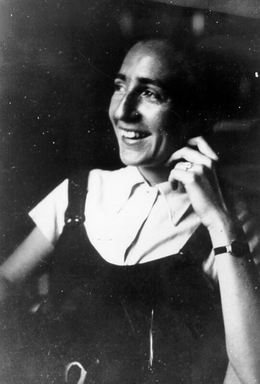
Betti Gertrud Käthe Hilda Coppi, known as Hilde Coppi, was a German communist and resistance fighter against the Nazi regime. She was a member of the anti-fascist resistance group that was later called the Red Orchestra by the Abwehr, during the Nazi period.

Elisabeth Schumacher was a German artist, photographer, and resistance fighter against the Nazi regime. She was a member of the Berlin-based anti-fascist resistance group that was later called the Red Orchestra by the Abwehr, during the Third Reich. Schumacher trained as an artist, but as her father was Jewish, who died in battlefield during World War I, she was classified as half-Jewish or Mischling, so worked as a graphic artist, before joining the resistance efforts.
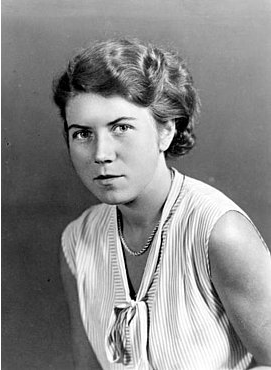
Maria "Mimi" Terwiel was a German resistance fighter against the Nazi regime. She was active in a group in Berlin that wrote and distributed anti-Nazi and anti-war appeals. As part of what they conceived as a broader action against a collection of anti-fascist resistance groups in Germany and occupied Europe that the Abwehr called the Red Orchestra, in September 1942 the Gestapo arrested Terwiel along with her fiancée Helmut Himpel. Among the leaflets and pamphlets they had copied and distributed for the group were the July and August 1941 sermons of Clemens August Graf von Galen which denounced the regime's Aktion T4 programme of involuntary euthanasia.
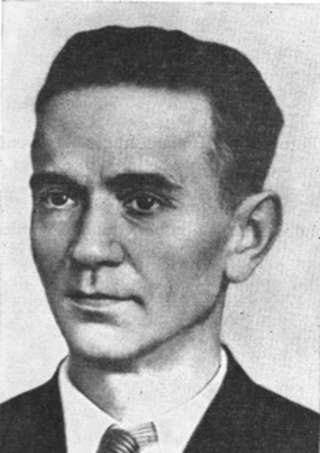
Bernhard Bästlein was a German Communist and resistance fighter against the Nazi régime. He was imprisoned very shortly after the Nazis seized power in 1933 and was imprisoned almost without interruption until his execution in 1944, by the Nazis. Nonetheless, he was one of the most important leaders of German Resistance.

Plötzensee Prison is a men's prison in the Charlottenburg-Nord locality of Berlin with a capacity for 577 prisoners, operated by the State of Berlin judicial administration. The detention centre established in 1868 has a long history; it became notorious during the Nazi era as one of the main sites of capital punishment, where about 3,000 inmates were executed. Famous inmates include East Germany's last communist leader Egon Krenz.

Charlotte Bischoff was a German Communist and Resistance fighter against National Socialism.

Leo Drabent was a German peace campaigner and Communist activist.
Helene Kirsch was a German politician (KPD). She was briefly a member of the national parliament ("Reichstag") in 1932/33.
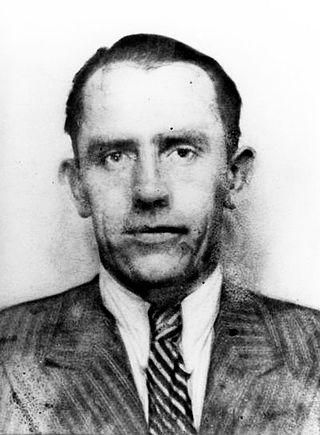
Walter Budeus was a German communist and resistance fighter against Nazism.
This is a list of participants, associates and helpers of, and certain infiltrators into, the Red Orchestra as it was known in Germany. Red Orchestra was the name given by the Abwehr to members of the German resistance to Nazism and anti-Nazi resistance movements in Allied or occupied countries during World War II. Many of the people on this list were arrested by the Abwehr or Gestapo. They were tried at the Nazi Imperial War Court before being executed either by hanging or guillotine, unless otherwise indicated. As the SS-Sonderkommando also took action against Soviet espionage networks within Switzerland, people who worked there are also included here.
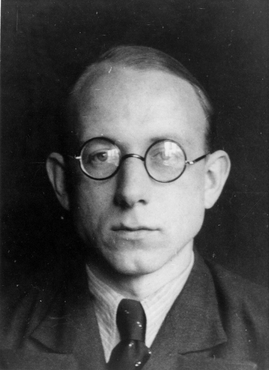
Karl Behrens He was a design engineer and resistance fighter against Nazism. Behrens was most notable for being a member of the Berlin-based anti-fascist resistance group, that was later called the Red Orchestra by the Abwehr. Behrens acted as a courier for the group, passing reports between Arvid Harnack and Hans Coppi who was the radioman. Behrens was also active in a resistance group at the AEG turbine factory power together with Walter Homann and others.

Ingeborg Mathilde Dolores Kummerow was a Berlin office worker and housewife who, in 1936, had married Dr Hans-Heinrich Kummerow, a high-flying telecommunications engineer, employed in the research and development department at Loewe-Radio-AG. The couple had two sons.
Lothar Salinger was a politically engaged German worker and part of the Jewish youth movement in Berlin, who became a resistance activist and an associate of Herbert Baum. He was executed by guillotine at the Plötzensee execution facility. His fiancée was also an anti-Hitler activist but she managed to outlive the régime, living "illegally" (unregistered) in Berlin, and some years later emigrated to California where she married Dr. Gerhard Salinger, Professor of Middle Eastern Studies at Berkeley and brother to her murdered fiancé.

Rose Schlösinger was a German social worker and resistance fighter against the Nazi regime. She was associated with the Red Orchestra resistance group and passed along encrypted messages from Arvid Harnack. She was arrested in October 1942, sentenced to death by the Reich War Tribunal, and executed in August 1943.

Helmut Himpel was a German dentist and resistance fighter against Nazism. He was a member of the anti-fascist resistance group that was later called the Red Orchestra by the Abwehr. Himpel along with his fiancé Maria Terwiel were notable for distributing leaflets and pamphlets for the group. Specifically this included the July and August 1941 sermons of Clemens August Graf von Galen. The 2nd leaflet the couple posted, on Aktion T4 denouncing the murders of the sick by euthanasia, induced Hitler to stop the euthanasia murders and find other ways to do it.

Charlotte Eisenblätter was a German anti-Nazi activist and freedom fighter.

Martin Weise was a German journalist, member of the Communist Party of Germany (KPD) and a resistance fighter against the Nazis during World War II. From 1929 to 1934, Weiss published the socialist Die Rote Fahne newspaper. He was arrested and sent to a concentration camp until 1939. When he was released, he decided to resist and made contact with Wilhelm Guddorf and the Hamburg based group around Bernhard Bästlein and Robert Abshagen He became associated with an anti-fascist resistance group that was run by Harro Schulze-Boysen and Arvid Harnack, that was later called the Red Orchestra by the Abwehr.
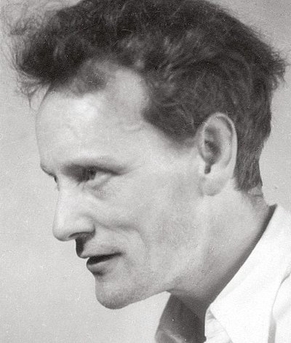
Wilhelm "Willy" Schürmann-Horster was a German actor, dramaturge, and director, who was a marxist and dedicated communist, and who became a resistance fighter against the Nazis. As a young man, Schürmann-Horster trained as an actor at the Düsseldorf Drama School. During the 1920s he worked in various acting troupes in theatres in the Rhineland. By the mid 1930s, he had become a communist and in 1934 and 1935 he was arrested for political agitation but acquitted for lack of evidence. After moving to Berlin in 1937, he met and became friends with Cay and Erika von Brockdorff. Through them, a discussion group of like-minded friends was formed who openly discussed current affairs and Schürmann-Horster became their spokesman. Through contacts in the group, connections were made with a resistance organisations that was run by Harro Schulze-Boysen and Arvid Harnack in 1940. Although Schürmann-Horster wasn't a physical resistance fighter in the cast of Harro Schulze-Boysen, he was an intellectual opponent of the Nazis who displayed his convictions on the stage and as a result never took part in any of the operations that his friends undertook. After falling ill in 1941, Schürmann-Horster moved to Konstanz where he worked as a dramaturge at the Grenzland Theatre. In October 1942, he was arrested and sentenced to death for "high treason", "dissemination of illegal writings" and "aiding and abetting the enemy" by the 2nd of the Volksgerichtshof. He was executed in Plötzensee Prison on 9 September 1943. He was described by his close friend, the communist trade unionist Rudy Goguel in the daily newspaper Südkurier as
People of the Saefkow-Jacob-Bästlein Organisation is a list of participants, associates and helpers of the Saefkow-Jacob-Bästlein Organization, which was one of the largest anti-Nazi resistance organisations that came into existence during World War II in Germany. It was formed in Berlin and had contacts to many other regions that hosted industrial manufacturing. It is therefore also referred to in the literature as the operational leadership of the Communist Party of Germany (KPD). However, it was not only communists among the groups of the Saefkov Jacob Bästlein organisation. The 506 known persons included about 200 before 1933 to the KPD, 22 to the Social Democratic Party of Germany (SPD) or to the Socialist Workers' Party of Germany (SAP) and around 200 were non-party; one in four was a woman. 160 men and women were unionized before 1933, more than 60 of them in the German Metal Workers' Union (DMV). The local or region is indicated for the people who worked outside Berlin and Brandenburg.
References
- 1 2 3 4 5 6 7 Stefan Heinz (compiler). "Ella Trebe (geb. Beyer)". Koordinierungsstelle Stolpersteine Berlin. Retrieved 24 April 2019.
- 1 2 "Ella Trebe: Berlin 6.9.1902 - KZ Sachsenhausen 11.8.1943". Gedenktafeln in Berlin. Gedenkstätte Deutscher Widerstand & Aktiven Museums Faschismus und Widerstand in Berlin e.V. Archived from the original on 24 April 2019. Retrieved 24 April 2019.
- 1 2 Volker Hobrack (2007). Ella-Trebe-Srasse (... seit 16. Mai 2005). Berlin Story Verlag. p. 65. ISBN 978-3-929829-64-8.
{{cite book}}:|work=ignored (help) - 1 2 "Ella Trebe". Frauenpersönlichkeiten in Berlin Mitte. Kulturring in Berlin e. V. Retrieved 25 April 2019.
- 1 2 3 4 5 6 "Ernst (Gustav Philip) Beuthke". Koordinierungsstelle Stolpersteine Berlin. Retrieved 25 April 2019.